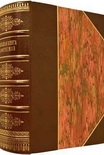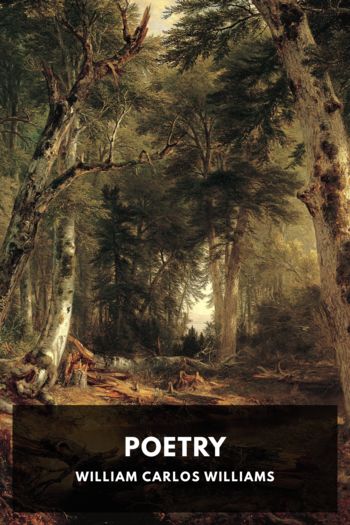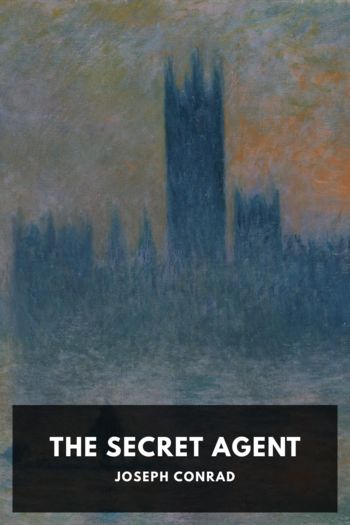Hidden History: Lost Civilizations, Secret Knowledge, and Ancient Mysteries, Brian Haughton [books you need to read .TXT] 📗

- Author: Brian Haughton
Book online «Hidden History: Lost Civilizations, Secret Knowledge, and Ancient Mysteries, Brian Haughton [books you need to read .TXT] 📗». Author Brian Haughton
An important source for the Magians under Darius are the Persepolis Fortification Tablets, a substantial collection of ancient Persian cuneiform administrative texts, dating from between 506 and 497 B.C. It is in these texts that the Magi are described as operating in a dual capacity, wielding both religious and political influence. This combined function of administrator and priest was a common practice in Near Eastern societies at the time. The Magi were given important religious responsibilities, as is illustrated in the description of the tan-sacrifice at the Persian capital city of Persepolis. As the tablets describe the Magi as fire kindlers, this ritual seems to have been a type of fire sacrifice to Ahuramazda (the wise lord), the supreme god of the ancient Persians. Together with the testimonies of ancient Greek authors, the Fortification Tablets indicate that the Magi were present at the royal court
of the Persian emperors, and involved at the very highest level in Persian religious practice and administration.
With the invasion of Persia by Alexander the Great in the winter of 331 B.C. the Achaemenid Dynasty came to an abrupt end. Although ancient sources mention Magi at Alexander's court being involved in rituals of some sort, it is also clear that Alexander destroyed many Zoroastrian sanctuaries, probably because he saw their religion as a threat to his authority.
The Greek writer and geographer Strabo (c. 63 B.c.-c. A.D. 21) describes a sect of Magians in Cappadocia (central Turkey). He called them fire kindlers, who possessed fire temples containing an altar on which a fire was kept continuously burning. The Magians visited the temple daily for around an hour, where they would make incantations holding bundles of tamarisk or other branches in front of the fire and "wearing round their heads high turbans of felt, which reach down their cheeks far enough to cover their lips." It seems that some Magi also traveled west, arriving and settling in Greece and Italy. Traces of their beliefs and practices can be found in Mithraism, an ancient mystery religion based on worship of the god Mithras, which became popular among the Roman Legions around the third to fourth centuries A.D. At the time of the Roman Empire, the word Magi began to be used as a more general term to describe any representatives of an eastern cult, and by the time of the birth of Jesus, it had come to mean anyone involved in magic, astrology, or dream interpretation. The Magi seemed to have been accepted as part of the courts of the Roman Empire, as a number of them are mentioned as accompanying high ranking officials and governors.
The description of the Magi in the Gospel of Matthew (written between A.D. 60 and 80) visiting Jesus in Bethlehem is the only source we have for the event. The text says "there came wise men from the east to Jerusalem" and subsequently refers to the Magi's interest in stars, so it is probable the wise men he is speaking of were astrologers. This concern with the stars has suggested to some that the wise men came from Babylon, a well-known center of astrology at the time. However, to judge purely by the nature of the gifts they brought-gold, frankincense, and myrrh-Arabia would seem more appropriate, though it did not possess a Magian priesthood. Matthew never mentions how many Magi there were, but the number of gifts would indicate three. The nature of these gifts has potent symbolic power for Christians: frankincense signifying Christ's divinity; gold representing his royalty; and myrrh, which was used in anointing corpses, a symbol of the forthcoming Passion and death.
According to the Gospel of Matthew, before arriving in Bethlehem, the Magi first visited Herod, the Roman puppet king of Judea. After sighting the star in the east, they made inquiries with Herod regarding the new king. Herod, with his knowledge of Old Testament prophecy, was able to direct them to Bethlehem. He requested that the Magi return to see him when they found any news, so that he too could pay homage to the newborn savior. As they approached
Bethlehem, the star again appeared in the sky so the Magi followed it until they found the King of the Jews and presented him with their gifts. The astrologers were subsequently warned in a dream to avoid going back to Herod and traveled back to Persia by an alternative route. As a result of this trick, Herod was furious and ordered the massacre of the Holy Innocents, all the children under two years old in Bethlehem and the surrounding area. But by then Joseph had taken Mary and Jesus to safety in Egypt.
There has been a huge amount of discussion about what kind of star it could have been that brought the Magi out of the east on their long trek to Judaea. Explanations put forward for this astronomical wonder include meteors, the planet Venus, planetary conjunctions, stella novae, comets, and even UFOs. Nowadays, the two most widely accepted suggestions are that the star in the east was either the planet Jupiter, or Halley's Comet.
The Greek word aster, used by Matthew in his gospel to describe the Star of Bethlehem, can be interpreted to mean a comet. But is there any record of a comet at this





Comments (0)